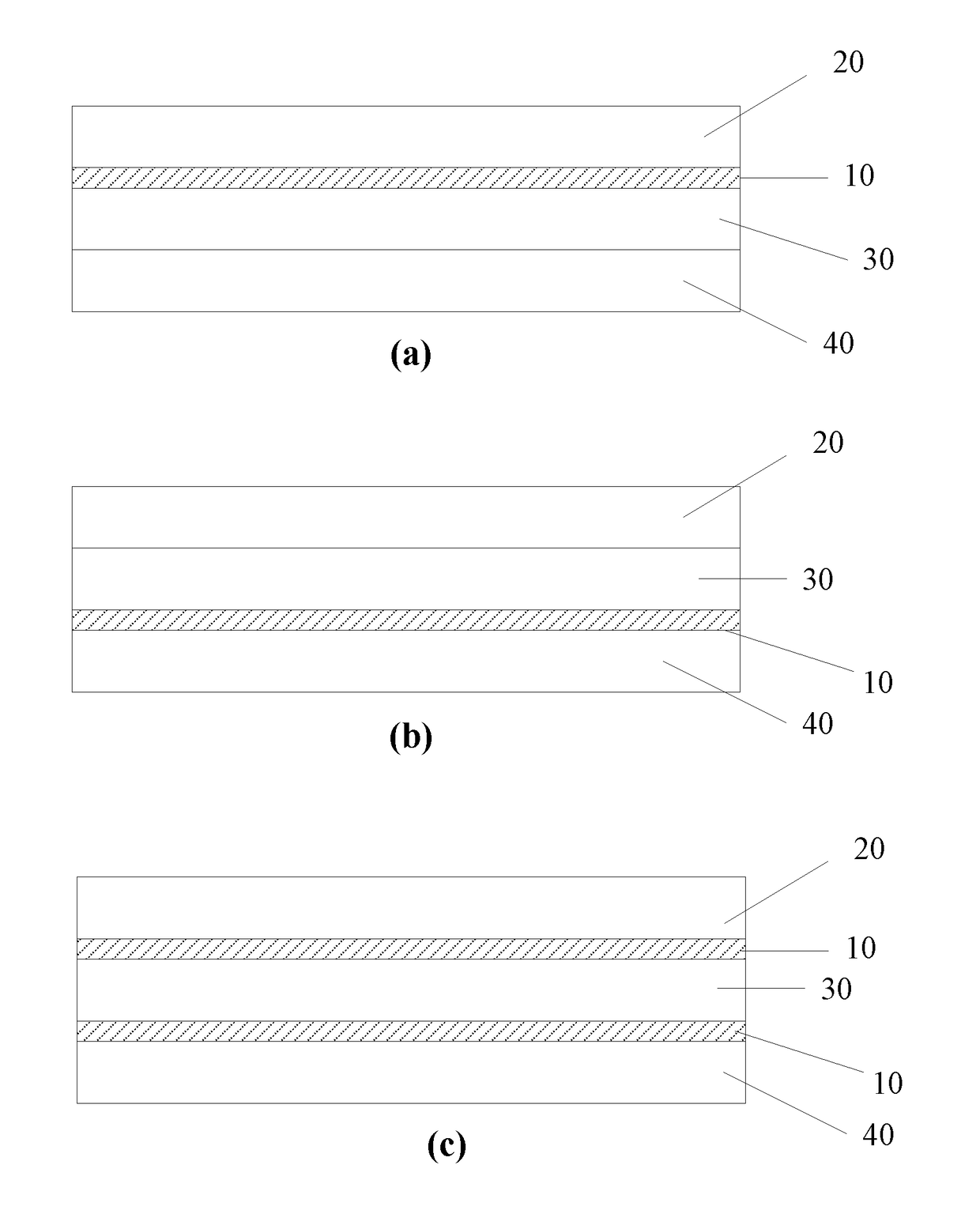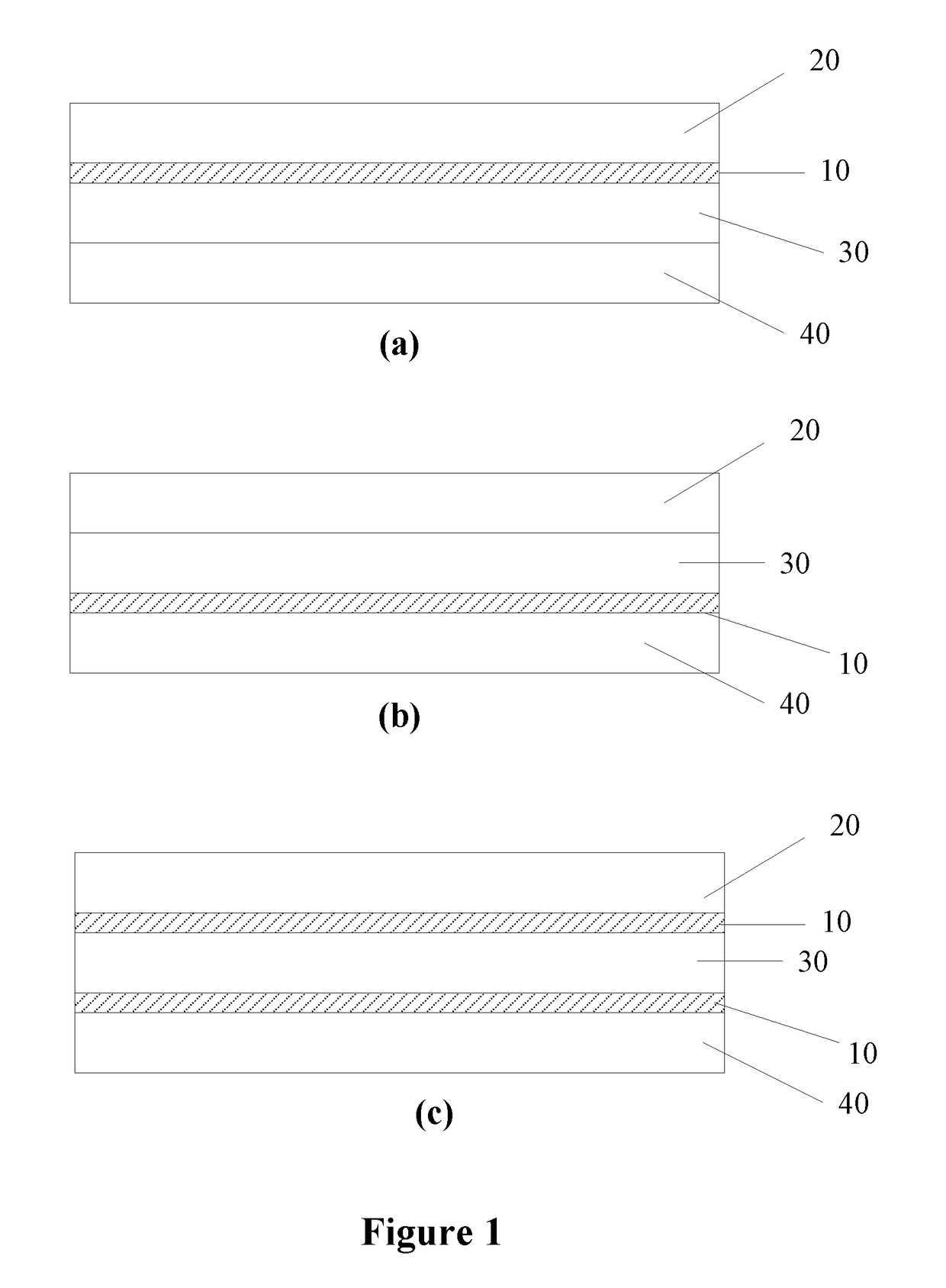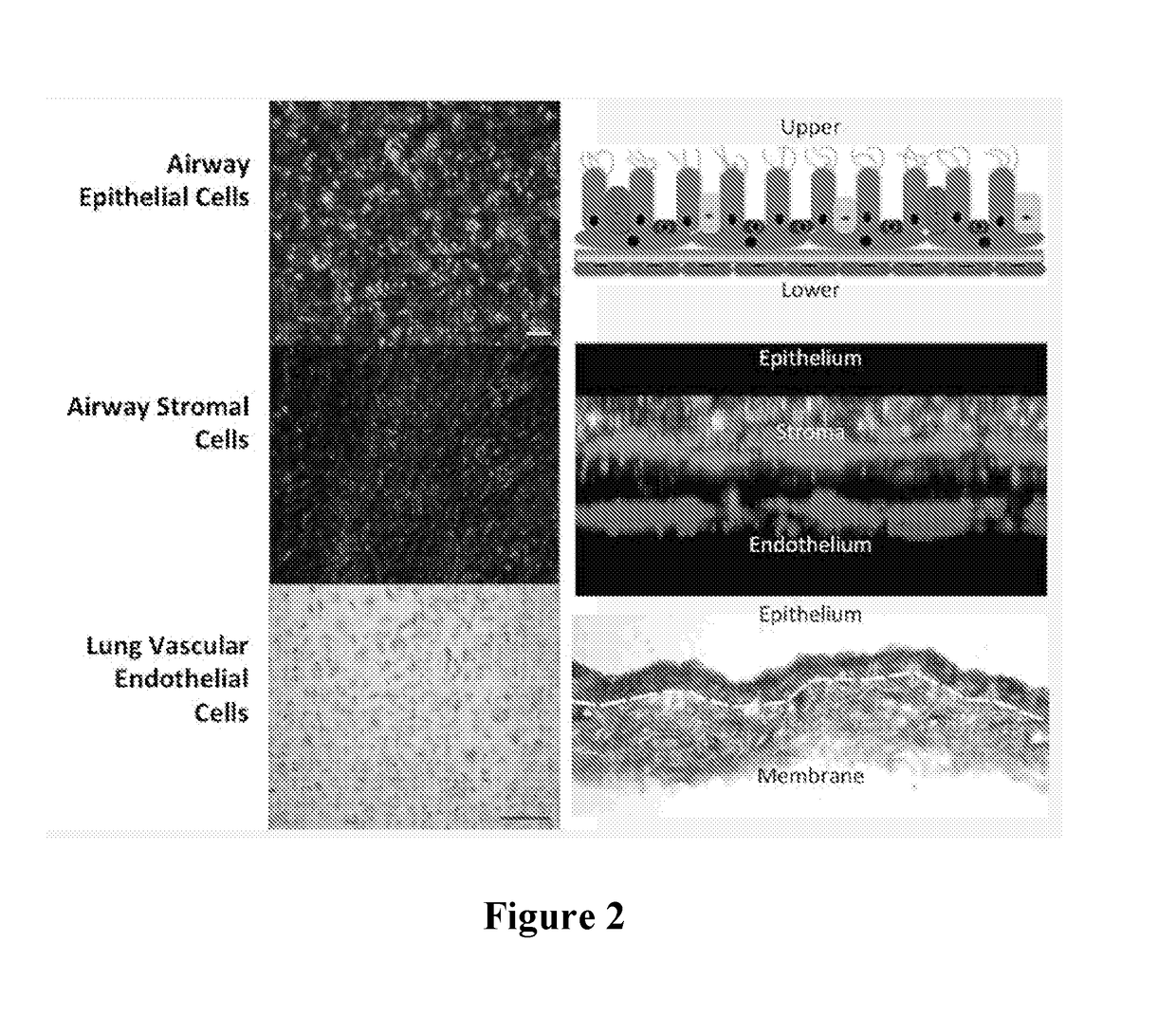Multi-layer airway organoids and methods of making and using the same
a multi-layer airway and organoid technology, applied in the field of multi-layer airway organoids, can solve the problems of inability to create the differentiated tissue components and structural complexity of the airway epithelium of most in vitro models, and inability to study respiratory infections in a significant way
- Summary
- Abstract
- Description
- Claims
- Application Information
AI Technical Summary
Benefits of technology
Problems solved by technology
Method used
Image
Examples
examples
[0079]An airway organoid was constructed using primary normal human bronchial epithelial (NHBE) cells, primary human lung fibroblasts and human endothelial cells (HUVEC), as found in the normal human upper airway, layered on a polyester membrane in an order and ratio to replicate human airway tissue.
1. Construction of Lung Organoid
[0080]Each side of a polyester membrane (Corning® Costar® Snapwell™ cell culture inserts, 12 mm with 0.4 μm pore, pore density 4×106 pores / cm2, polyester membrane, TC-treated, sterile) was coated with 150 μl collagen IV (Sigma C7521) and left under the biosafety hood overnight (hood open and blower on). The membrane was UV sterilized for 30 mins the next morning.
[0081]250,000 HUVECs (endothelial cells) (Cell and Viral Vector Core Laboratory, Wake Forest University) were seeded on the underside of the membrane and let stand for up to 4 hours for cells to attach. Membrane was then placed with 2 ml of EGM-10 in the well of the 6 well plate.
[0082]250,000 HALF ...
PUM
 Login to View More
Login to View More Abstract
Description
Claims
Application Information
 Login to View More
Login to View More - R&D
- Intellectual Property
- Life Sciences
- Materials
- Tech Scout
- Unparalleled Data Quality
- Higher Quality Content
- 60% Fewer Hallucinations
Browse by: Latest US Patents, China's latest patents, Technical Efficacy Thesaurus, Application Domain, Technology Topic, Popular Technical Reports.
© 2025 PatSnap. All rights reserved.Legal|Privacy policy|Modern Slavery Act Transparency Statement|Sitemap|About US| Contact US: help@patsnap.com



